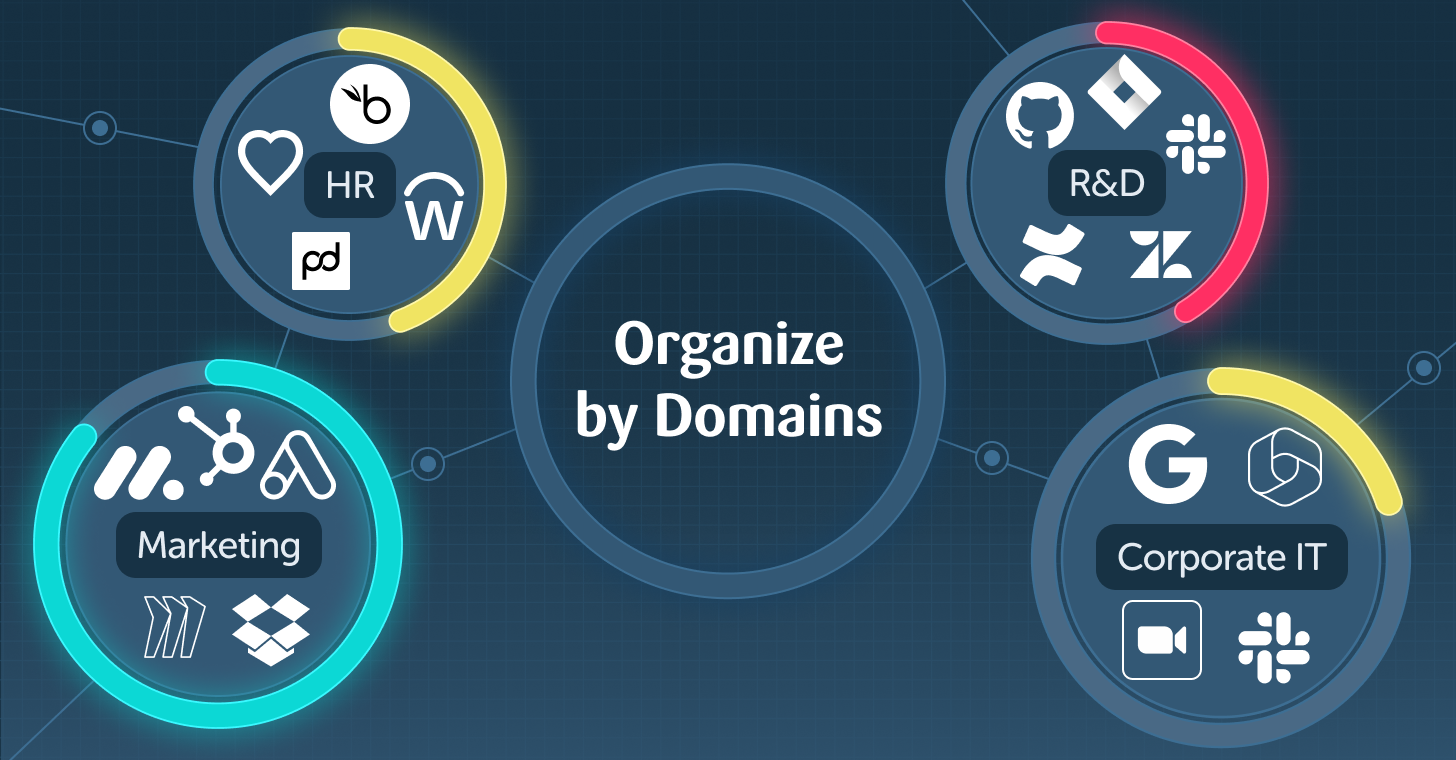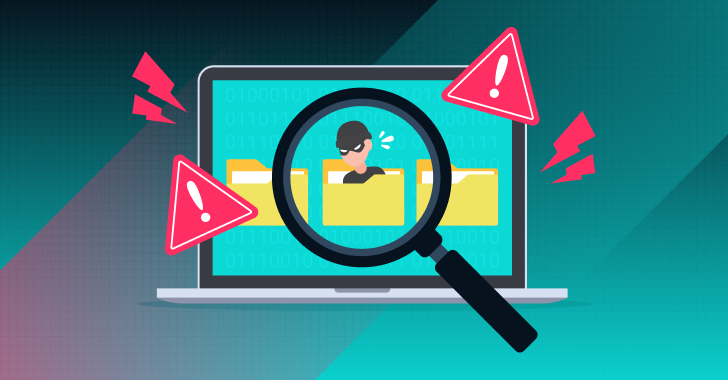As SaaS adoption continues to grow in the business landscape, it brings emerging security challenges that high-tech and telecom companies must grapple with.
A particularly attractive target for cybercriminals, the telecom industry allows attackers to inflict maximum damage with little effort. The combination of interconnected networks, customer data, and sensitive information allows cybercriminals to inflict maximum damage through minimal effort.
When it comes to the high-tech industry, there is a common misconception that these companies have an advantage, compared to older and established industries that are weighed down by decades of legacy systems and software. However recent breaches, such as the Slack Github attack, have highlighted how the more modern tech companies are also at risk when it comes to SaaS security.
While high-tech and telecom companies operate in different industries, they face common challenges when it comes to SaaS security. The key to choosing and implementing a comprehensive solution is by first recognizing the shared struggles such as the complexity of configurations, third-party app risks, and deprovisioning.
Challenge #1: Complexity and Scale of Configurations
Securing the vast and complex network of SaaS apps, devices, and applications while ensuring smooth operations is not a simple feat. To keep the attack surface limited, organizations need to correctly configure all settings, continuously. In addition to the multitudes of settings, each SaaS app has unique terminology, UI, etc. It is the security team's job to learn every app's "language". With organizations deploying more and more apps everyday, the need for clear and contextualized visibility across all SaaS apps configurations has never been greater.
Challenge #2: Third-Party App Risks
Both high-tech and telecom companies heavily rely on third-party apps to help boost efficiency and productivity in their day-to-day operations. When these third-party apps are integrated, they are granted permissions known as scopes. While some permissions may be completely harmless, others have the ability to expose an organization's most sensitive data. Security teams need to have visibility into both the number of connected apps and the permissions granted to effectively assess and manage the risk of a third-party app.
Challenge #3: Comprehensive Deprovisioning
The high-tech industry is known for periods of hyper-growth, followed by downsizing. Meanwhile, Telecom companies are among the largest employers in the world with turnover rates hovering at about 18%. Companies operating in either of these sectors are especially exposed when proper deprovisioning lags. Proper deprovisioning ensures that former employees, especially those who are being removed from their job, have access to sensitive data revoked.
While much of the offboarding of employees is automated, SaaS applications that are not connected to the company directory don't automatically revoke access. Even applications that are connected may have admin accounts that are outside the company's SSO. While the primary SSO account may be disconnected, the user's admin access through the app's login screen is often accessible.
Challenge #4: Balancing Security and Usability
Both industries must find a balance between SaaS security and usability. On one hand, robust security measures protect sensitive data, prevent unauthorized access, and mitigate threats. On the other hand, user experience and productivity should not be sacrificed in the pursuit of stringent security measures. Organizations need to educate employees to create a solid understanding of security best practices. This can be achieved through security awareness programs and regular training workshops. Creating this balance is heavily dependent on the collaboration between app owners and security teams.
How an SSPM Can Help
An SaaS Security Posture Management (SSPM) solution can play a vital role in securing SaaS applications for both telecom and high-tech companies. By providing comprehensive visibility and control over the SaaS environment, an SSPM enables organizations to effectively manage security risks. Consistent security across multiple SaaS applications reduces complexity and minimizes the risk of misconfigurations. By leveraging the capabilities of an SSPM, telecom and high-tech companies can enhance their SaaS security posture, protect sensitive data, and confidently adopt new SaaS apps while mitigating risks.
About the writer







.webp)








